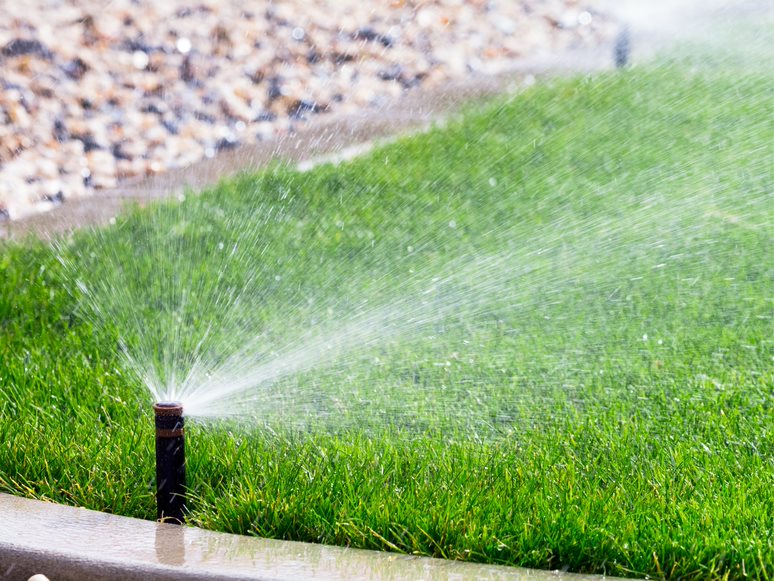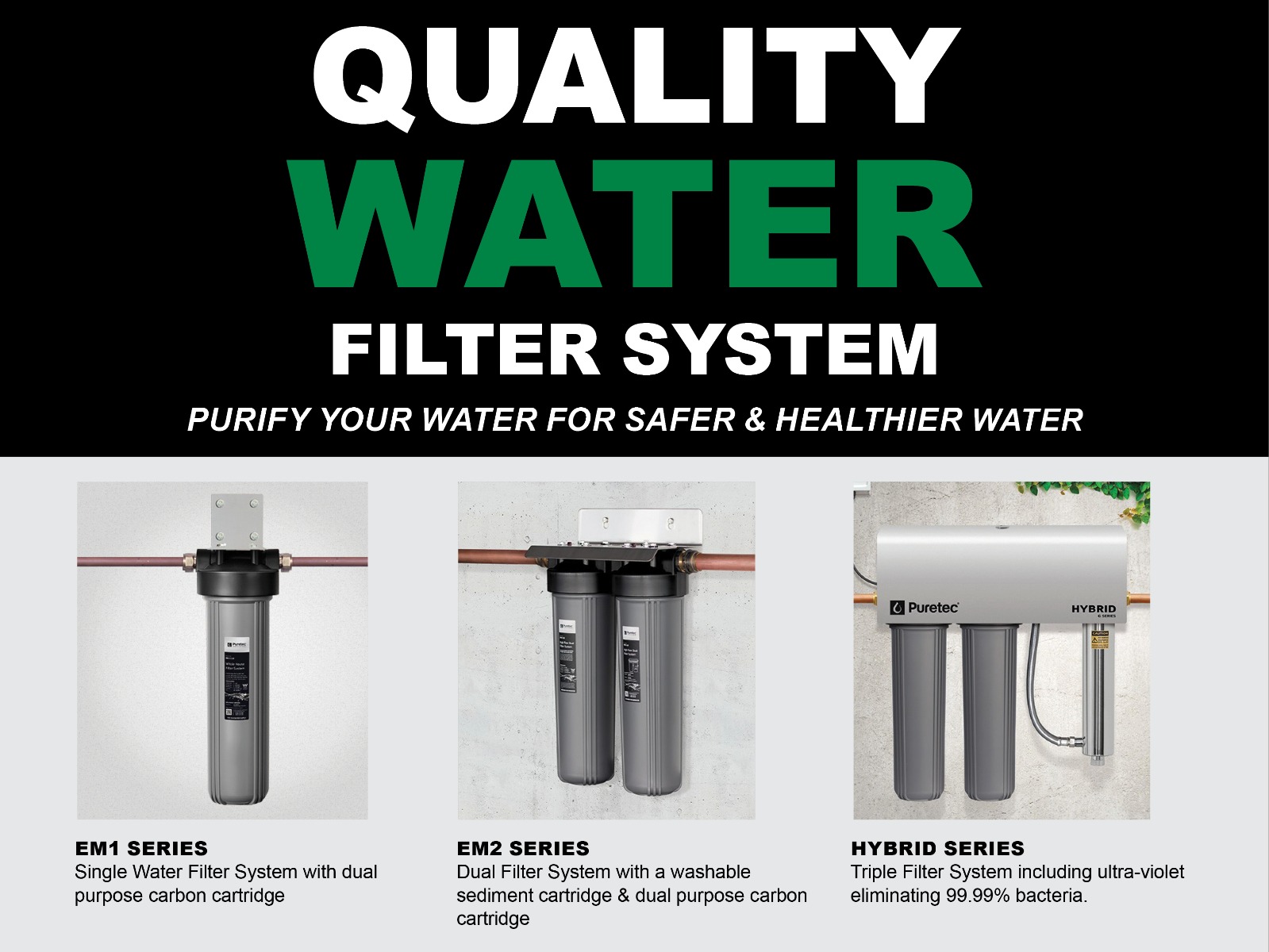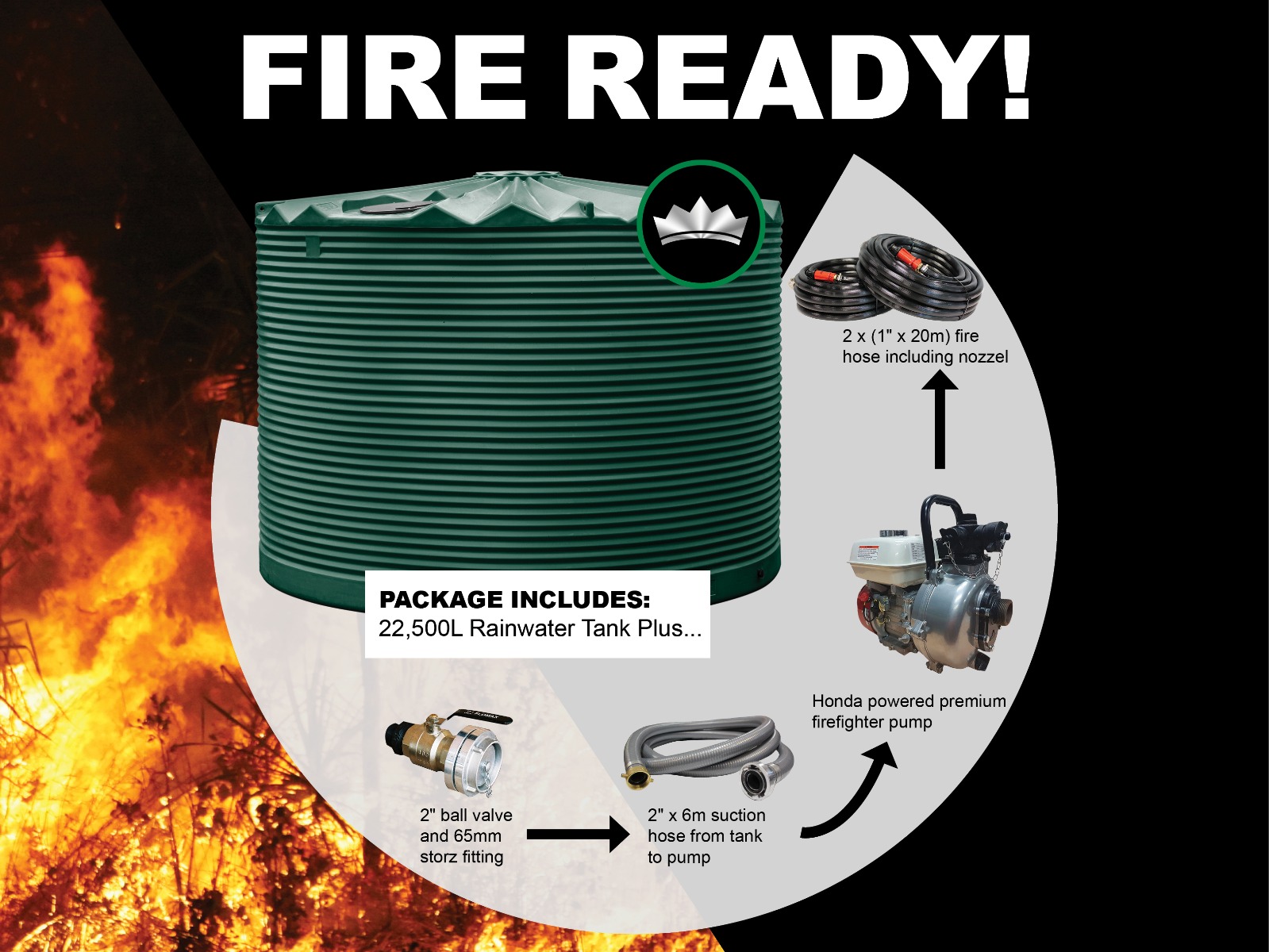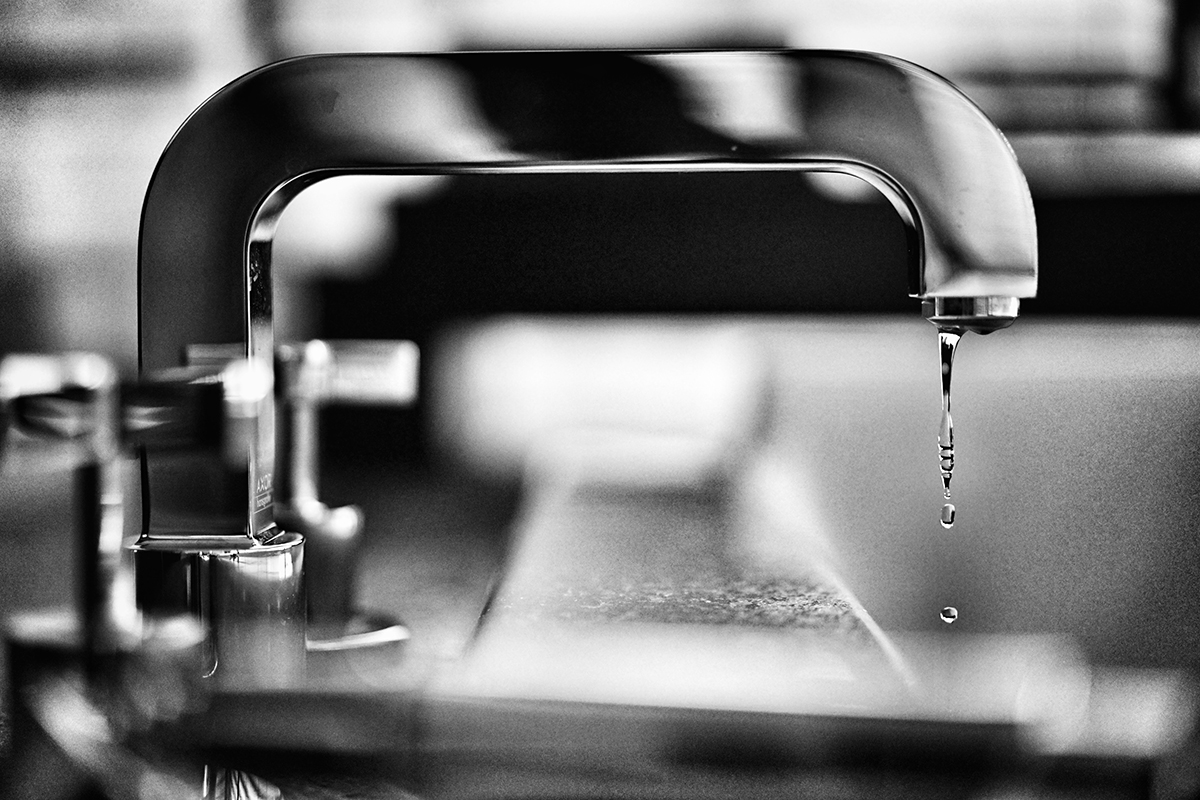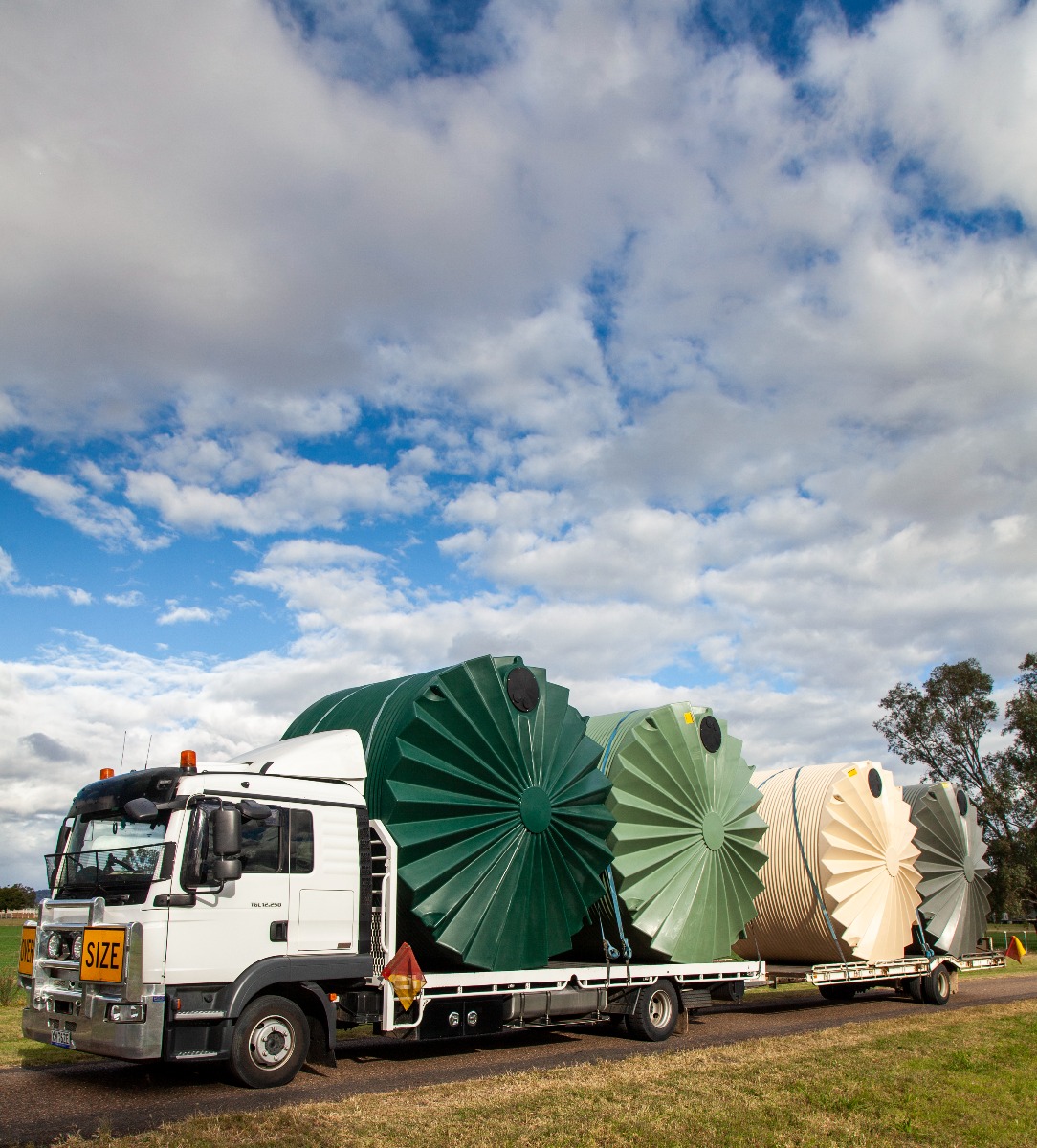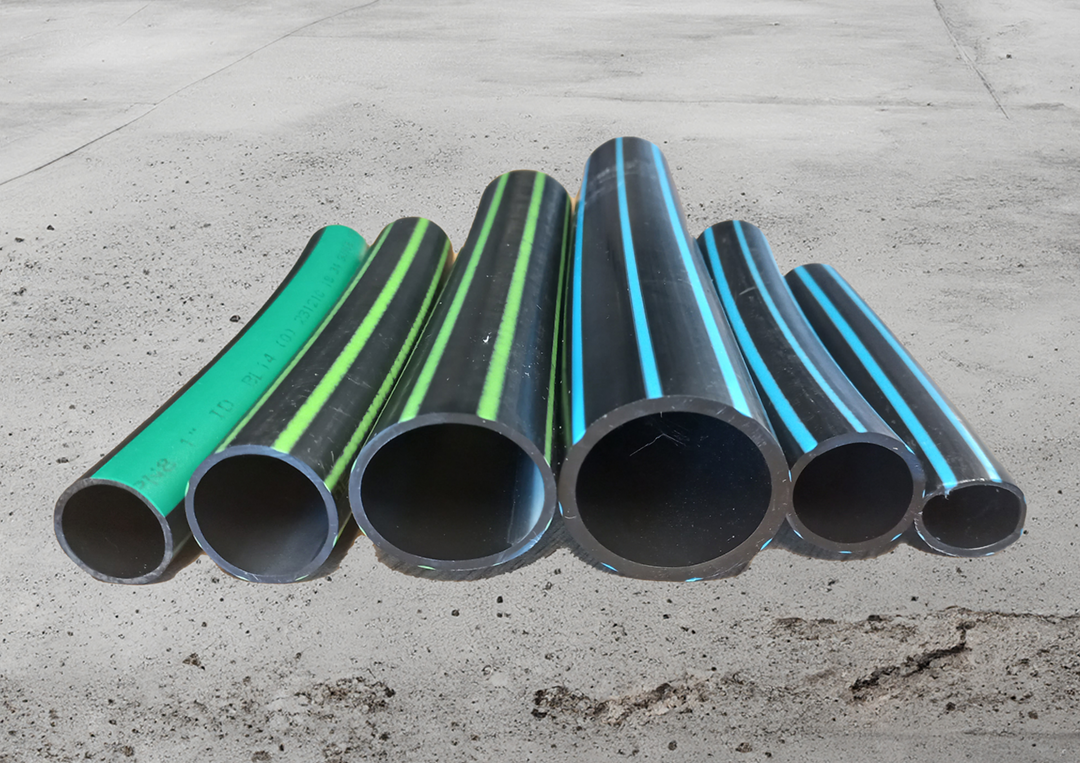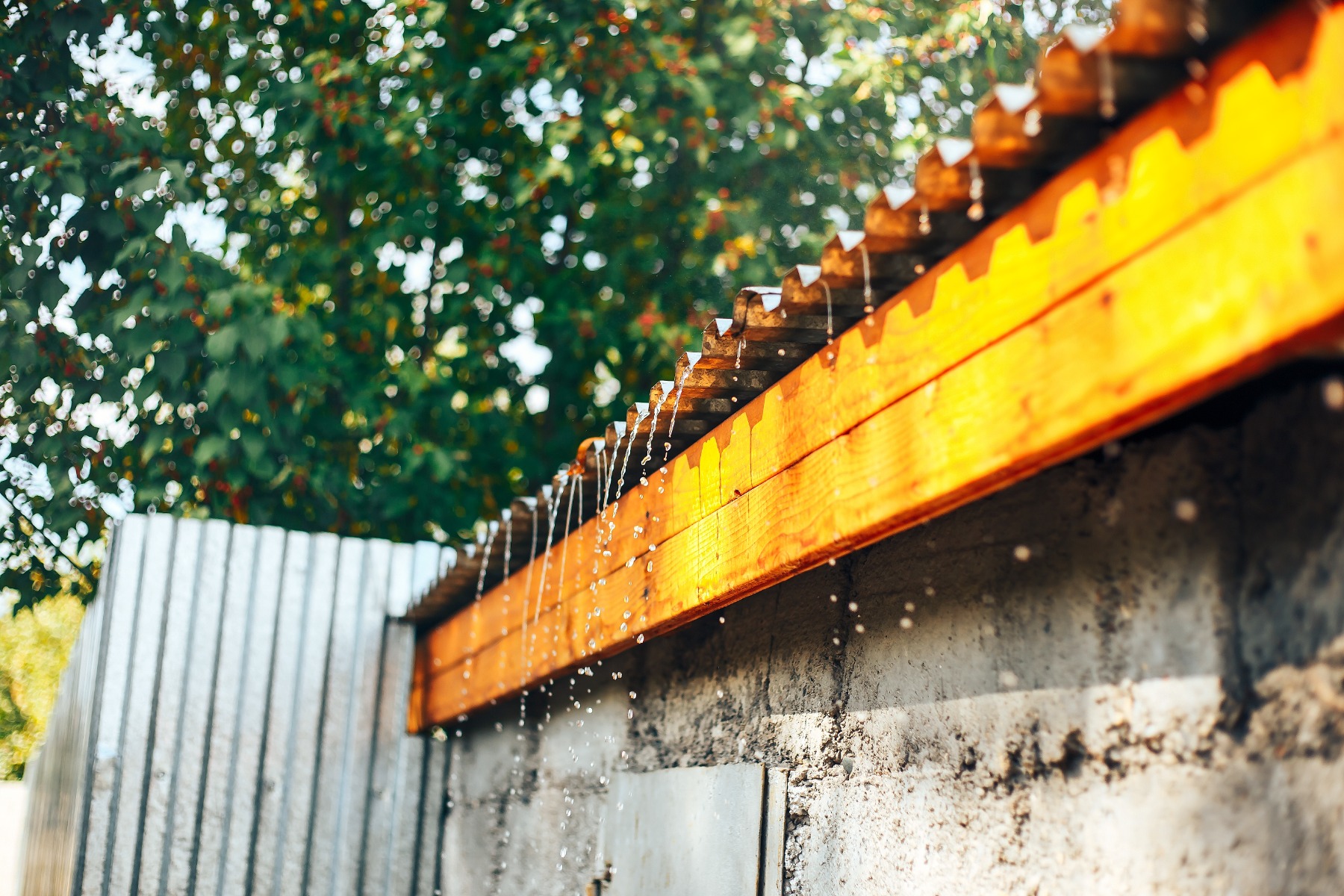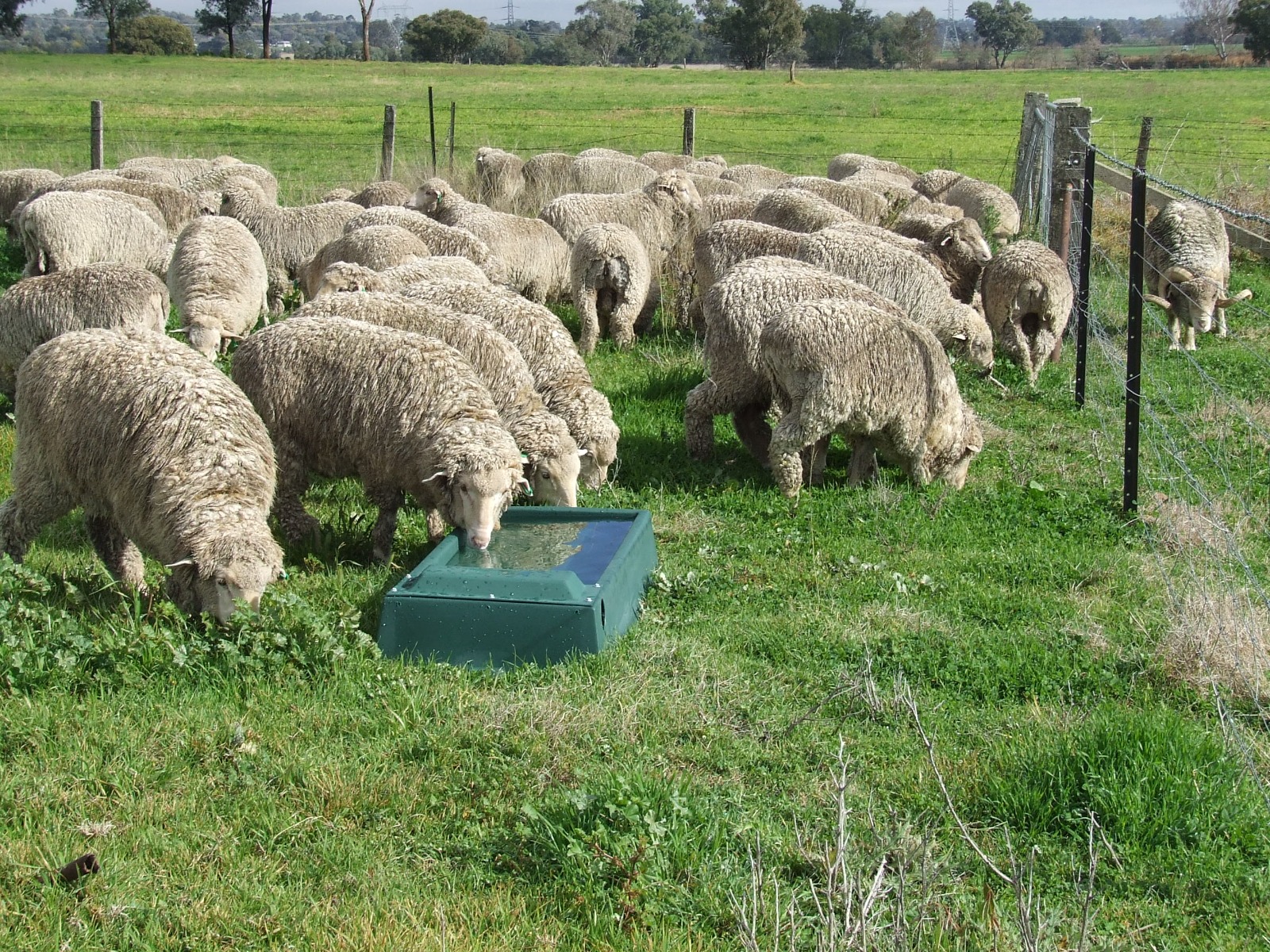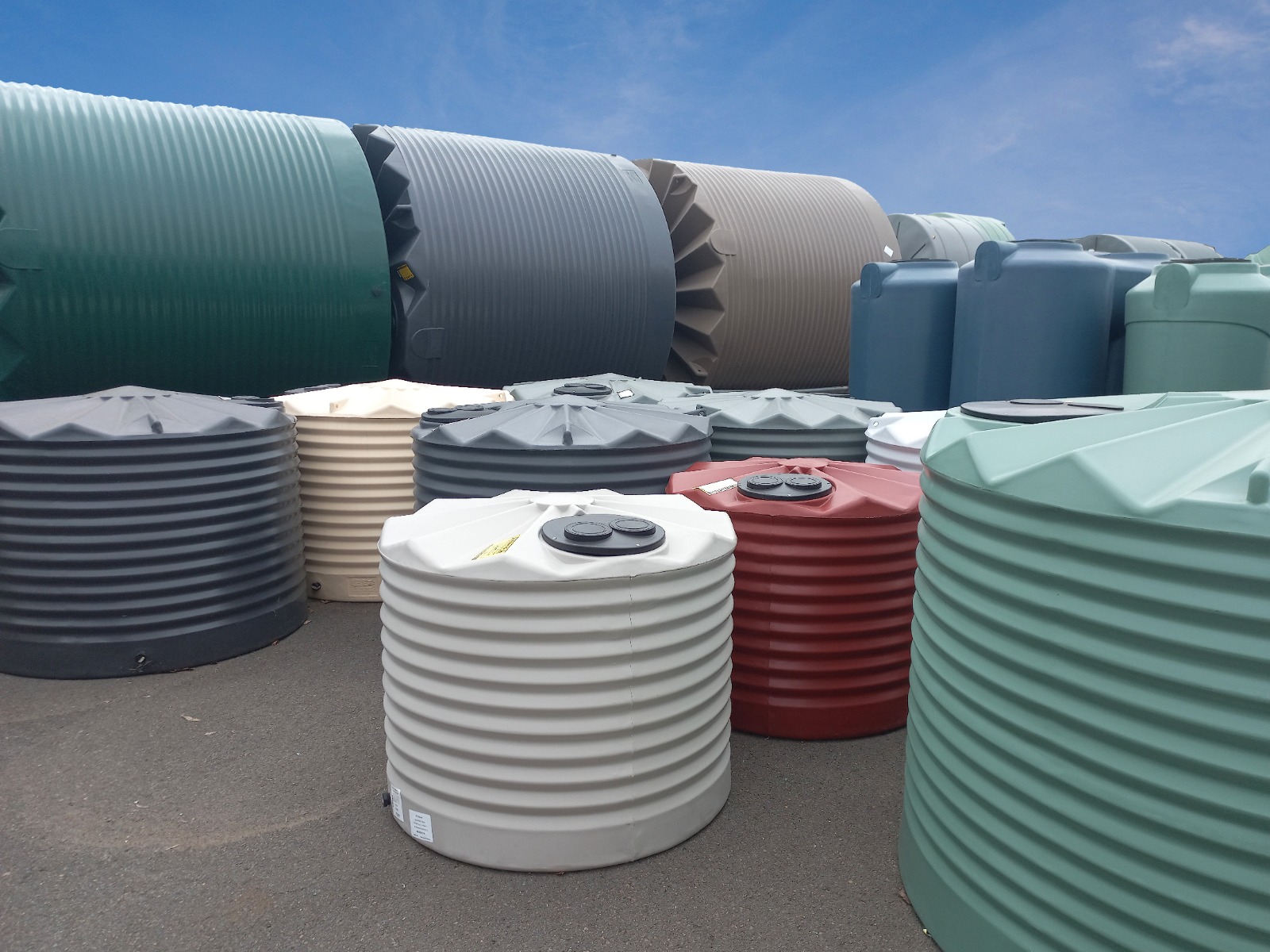At Rapid Plas, we are often asked whether greywater can be used on a residential property and whether greywater can be stored in a water tank.
Water shortages have made us all more aware of the importance of recycling water, and there is increasing interest in using greywater for the garden.
Greywater is wastewater from non-toilet plumbing systems such as hand basins, washing machines, showers, and baths. The bathroom and laundry account for approximately 75% of household water usage in Australian homes, and when handled properly, greywater can be safely reused for the garden. While you can use greywater for your garden, you cannot store greywater in a water tank.
Greywater from different sources will contain different types and amounts of contaminants such as salts, household detergents, soaps, and chemicals as well as bacteria and other disease-causing microbes. If you intend to use greywater in the garden, you should use greywater from low-risk sources, such as the laundry rinse cycle, bath, and shower. Do not use kitchen wastewater, as it is heavily contaminated with fats, greases, and solids.
Greywater can be treated or untreated.
Greywater Treatment
A Domestic Greywater Treatment Systems (DGTS) collects, stores, treats and may disinfect greywater to the standards specified in the NSW Health Accreditation Guidelines.
Depending on the level of treatment, water may be used for surface irrigation in a properly designed application or for toilet and laundry use. In NSW, a DGTS requires a certificate of accreditation from NSW Health.
Be warned however, a DGTS is expensive and requires professional advice to scope, design and install.
Untreated Greywater
If you plan to use untreated greywater, you must: -
- Keep it in your yard – your greywater must not leave the boundaries of your property
- Keep it out of the stormwater – your greywater must not leak into the stormwater system.
- Discharge it sub-soil – as microbes from greywater have higher survival rates on the topsoil, all irrigation should be located sub-soil. Never hose, spray, or mist untreated greywater.
For many householders, a bucket it the shower is the easiest way to collect the greywater but installing a greywater diverter is an option.
A gravity diverter incorporates a hand activated valve, switch or tap which is fitted to the outlet of the waste pipe of the plumbing fixture such as a laundry tub. The diverter can be activated by the householder to divert greywater from the laundry tub directly to the diversion line and the dedicated land application system instead of the sewer.
A pump diverter incorporates a surge tank to cope with sudden influxes of greywater and a pump to deliver the water to the application. The surge tank is not a storage tank, and it serves to hold the water while it is pumped directly to a sub-surface land application system. Your surge tank should not exceed 80 litres and must be fitted with an overflow drain to direct any excess greywater straight to the sewer.
The treatment and use of greywater is complex and expert help from a plumbing professional is recommended. All household plumbing work must be undertaken by a licensed plumber and comply with the Australian Standard AS 3500.
This information is bought to you by the team at Rapid Plas. If you have a query about water storage or rainwater harvesting, call our team on 1800 816 299 or email sales@rapidplas.com.au with your enquiry.


